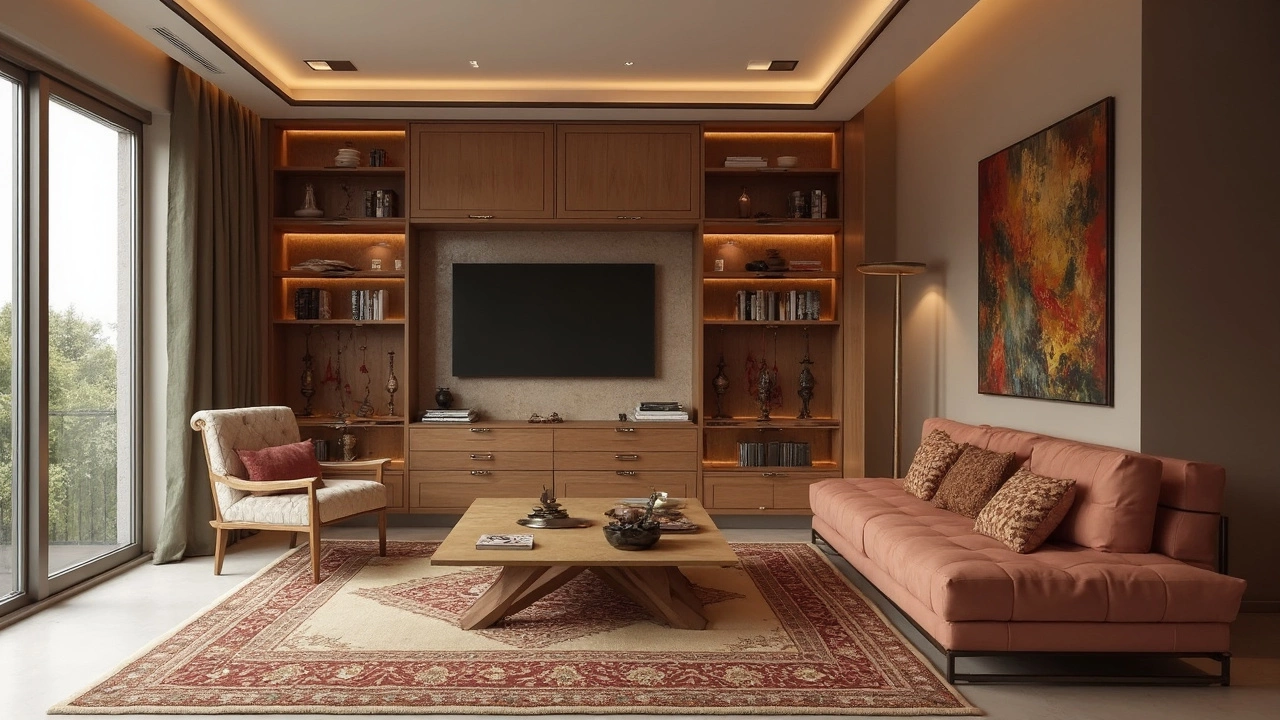
Boost Home Value with Smart Storage Solutions
Curious whether adding storage solutions can boost your home's value? Many homeowners overlook the potential benefits of smart storage enhancements. From utilizing clever built-ins to maximizing underused spaces, there are practical ways to increase property appeal. Discover effective tips on transforming cluttered areas into valuable assets, making your home more attractive to potential buyers.
View More